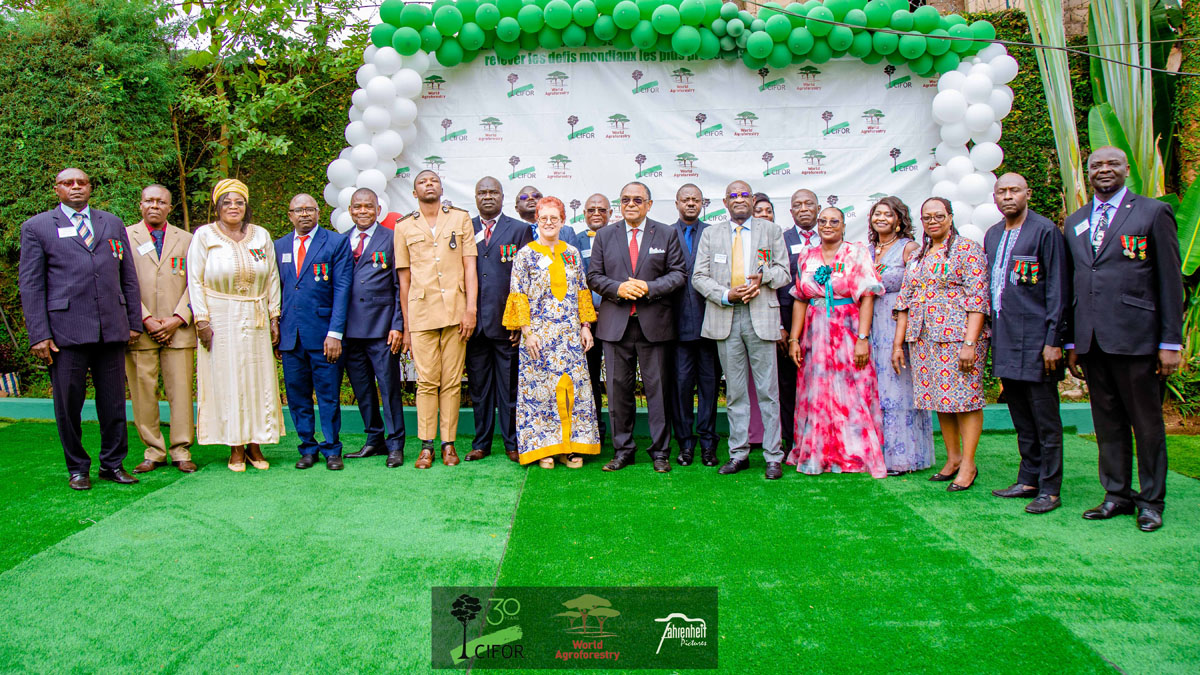Background: Arid and semi-arid areas of West Africa are highly subject to climate change effects. This is combined to other drivers such as population growth and livestock number increase. To cope with such changing environment endogenous adaptation strategies of poor local communities rely on the use of natural resources through empirical knowledge. Unfortunately these knowledge and practices are insufficiently known to policy makers and this hampers their consideration in the elaboration of adaptation strategies. A household survey was conducted in the Sillia village in northern Burkina Faso using semi-structured interviews. This study identified most used (preferred) species in this changing environment together with their ethnobotanical use value (VUET). Results: Overall 86 ligneous species were listed in seven (7) use categories: human nutrition fodder fuel traditional medicine handicraft construction and trade. From the 86 species 11 appeared the most preferred by local population (VUET ≥ 6). Except Piliostigma reticulatum and Boscia senegalensis all these species were part of the 21 very vulnerable species as revealed by the study. Tamarindus indica Balanites aegyptiaca Lannea microcarpa and Vitellaria paradoxa are the first most preferred species (VUET ≥ 7) and also most vulnerable (IV > 2.5). In this changing environment Cassia sieberiana Combretum micranthum Balanites aegyptica have for instance become the main species used in traditional medicine replacing Ximenia americana Coclospermum tinctorim Maytenus senegalensis and Securidaca longepedunculata formerly used for this need. Also Piliostigma reticulatum is the main species used in farm lands to combat low soil fertility. Pterocarpus lucens and Adansonia digitata are the main fodder species both during dry and rainy seasons. Apart from the household surveys vegetation survey was conducted on 96 plots in Sillia. The results showed that 25 species cited in the household surveys had locally disappeared 22 were rare 5 were abundant and the others were relatively abundant. Certain collection practices of given species in many use categories increase their vulnerability. Conclusion: This study documented preferred species in the adaptation strategies to changing environments and also assessed their vulnerability status under human influence; it is therefore of great use for designing sustainable management. © 2017 The Author(s).
DOI:
http://dx.doi.org/10.1186/s40066-017-0090-z
Altmetric score:
Dimensions Citation Count:
























